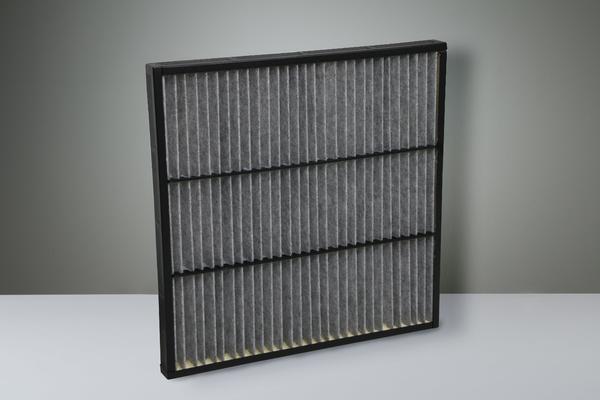
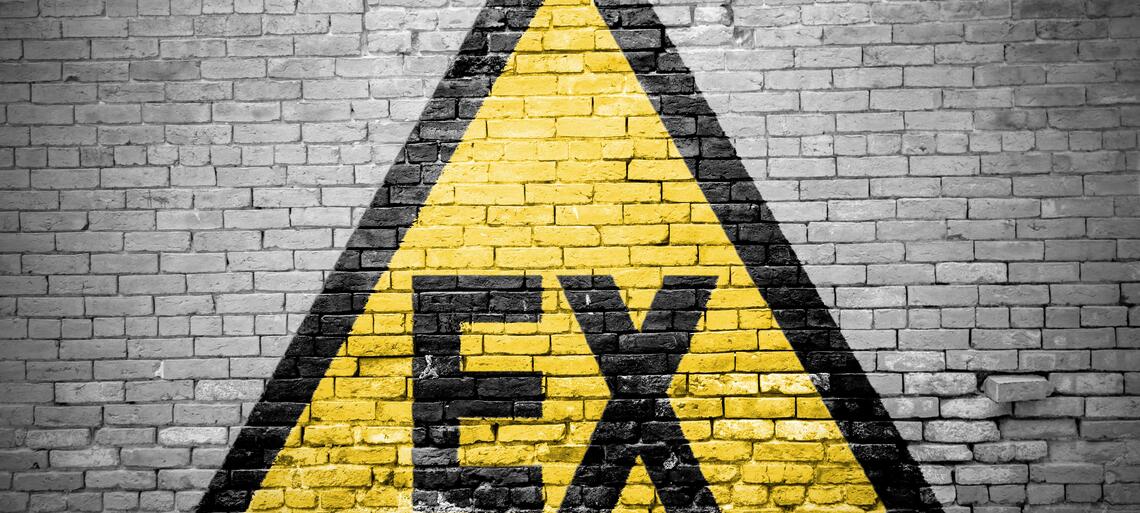
When used in potentially explosive atmospheres, air filters must meet special requirements. Until recently, these were laid down in the ATEX directive, and EMW also offered special ATEX-certified air filters for this purpose.
So why talk about IECEx air filters? After all, the ATEX directive still exists. But it no longer applies to air filters! In theory, therefore, the air filters no longer have to meet any specific explosion protection requirements under the ATEX Directive. It is now the operator's responsibility to ensure that there is no danger from their equipment in a potentially explosive atmosphere. However, in order not only to offer our customers safety in potentially explosive atmospheres, but also to be able to prove it, EMW's former ATEX filters now have IECEx certification.
But what is the difference between the ATEX directive and the IECEx standard?
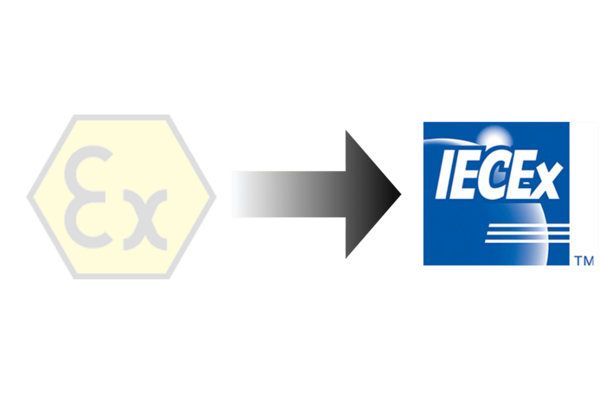
ATEX stands for ATmosphères EXplosibles and is a directive of the European Commission that applies within the EU in the area of Ex products.1 It is anchored in the requirement for CE marking. For conformity assessment, the underlying EN standards do not have to be complied with, but the safety and health requirements according to Annex II do.2 Compliance with the requirements is checked by a "notified body" during recurrent audits.3
1 Directive 2014/34/EU, para. 1
2 Directive 2014/34/EU, Art.13, para.
3 Directive 2014/34/EU, Art. 29, par.1-4
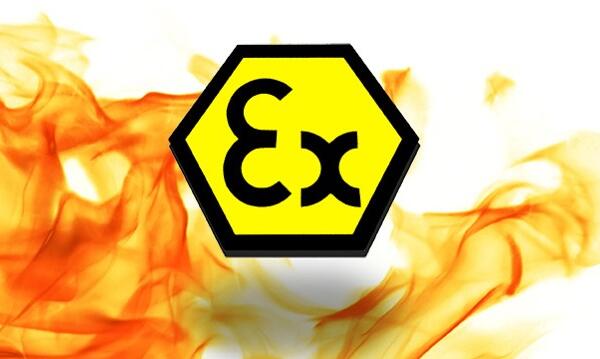
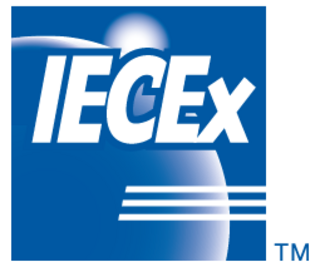
The IECEx Directive, on the other hand, has no legal character, but is a voluntary agreement between various industry representatives, that applies worldwide.4 A Certificate of Conformity (CoC) issued by IECEx guarantees compliance with the standards applicable to the product, which (unlike the ATEX Directive) are mandatory.5 Independent certification bodies verify compliance with the standard during annually recurring audits.6
4 IECEx Informative Guide - IECEx/ATEX comparison August 2008, p.1
5 IECEx OD 011-1 © IEC:2016(E), p. 7-8
6 IECEx Informative Guide - IECEx/ATEX comparison August 2008, p.1
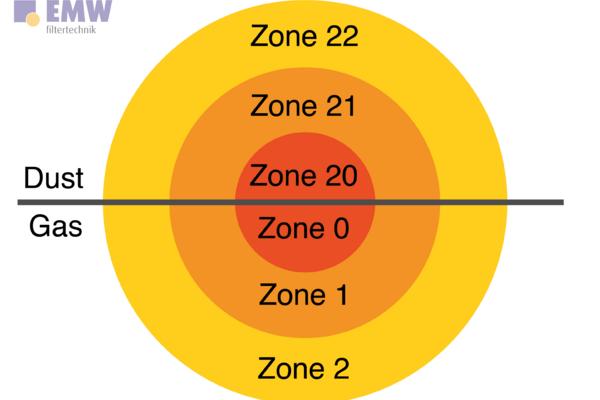
| According to IECEx |
Division 1 |
Division 2
(explosive only in individual cases) |
||
|---|---|---|---|---|
| According to ATEX |
Zone 0/ 20 |
Zone 1/
21
|
Zone 2/
22
|
|
This table shows the differences in zoning between IECEx and ATEX.7
7 Vgl. Cf. Explosion Protection Basics, Eaton's Crouse-Hinds Business
As can be seen, both classifications according to the ATEX Directive and IECEx are almost identical. Only zones 0/20 and 1/21 have been combined as an explosion protection group according to IECEx.
It is not only the ATEX and IECEx zone classifications that show parallels. The ATEX and IECEx classifications are also similar, as illustrated by the following example:
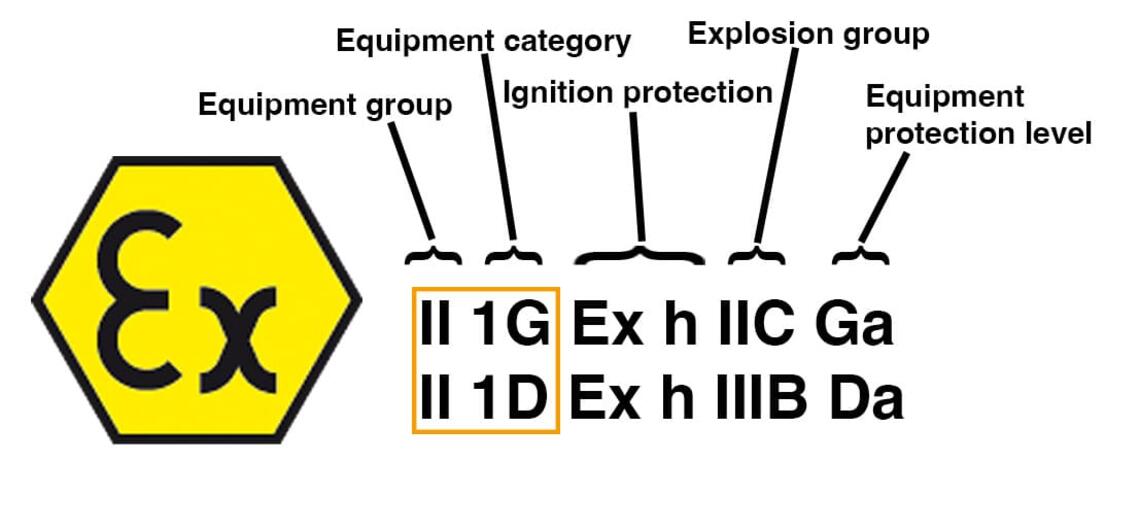
Figure. 3: Classification according to ATEX Source: Own presentation according to Directive 2014/34/EU, Annex II, 1.0.5
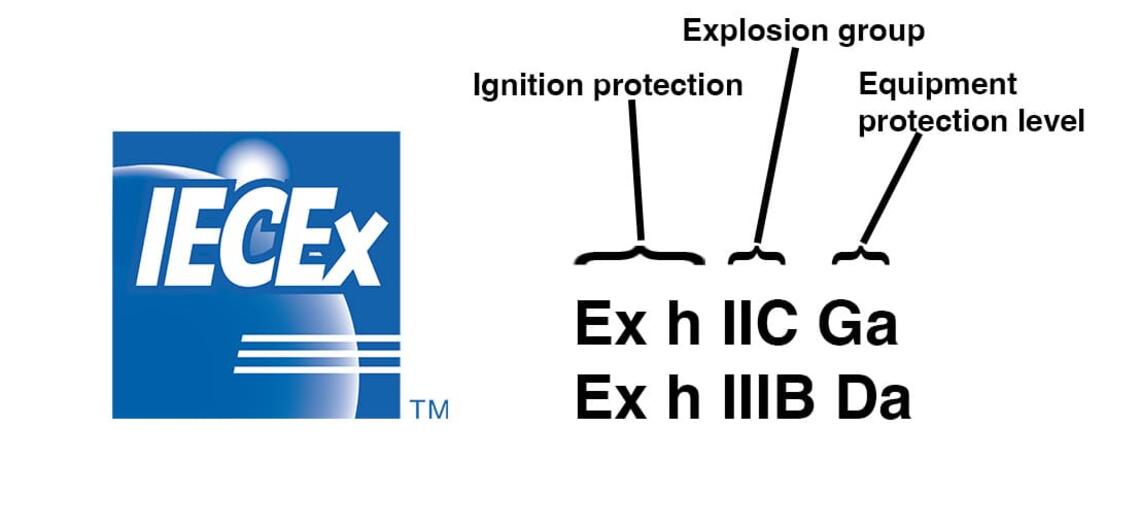
Figure 4: Classification according to IECEx Source: Own representation in A.A.a. Equipment Certification/Personnel Qualification according to ATEX/IECEx, TÜV Rheinland Industrie Service GmbH
In the equipment groups, the marking II stands for all equipment outside mining. The equipment category describes the hazard potential for gas and dust atmospheres.8 Both are omitted in the IECEx classification!
8 Directive 2014/34/EU, Annex II, 1.0.5
The main differences between the ATEX Directive and the IECEx Standard are, on the one hand, the legal character, which is only given in the ATEX Directive and for which the CE marking is a prerequisite. For conformity assessment, Annex II must be followed. On the other hand, to obtain the IECEx certificate (CoC), compliance with the applicable standards is mandatory. The scope of application for the ATEX Directive is limited to the EU, whereas IECEx applies worldwide. In both cases, compliance is monitored on a regular basis.
The zone classifications for ATEX and IECEx are similar. Only the zones 0/20 and 1/21 are combined for IECEx. In addition, the equipment group and equipment category are omitted in the classification according to IECEx.
As air filters are no longer no longer covered by the ATEX Directive, our products are now IECEx certified. Please do not hesitate to contact us for advice.
Our IECEx filters are available in classes ISO ePM10 - ISO ePM1 according to ISO 16890 (formerly M6-F9 according to EN 779) and E10-H14 according to EN 1822.